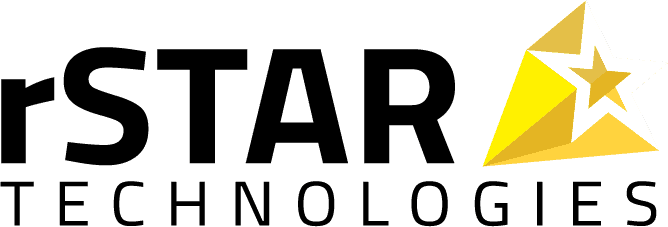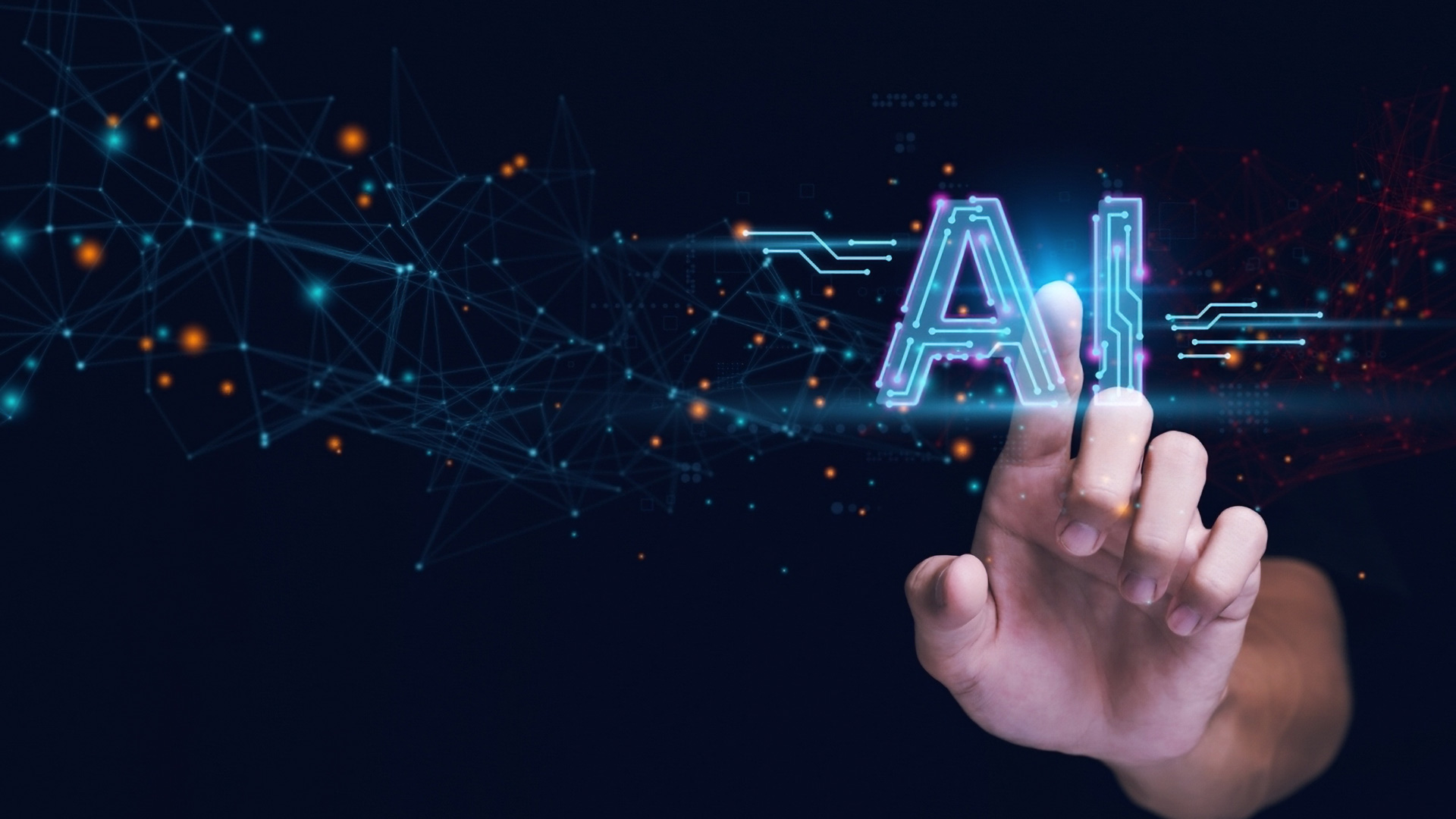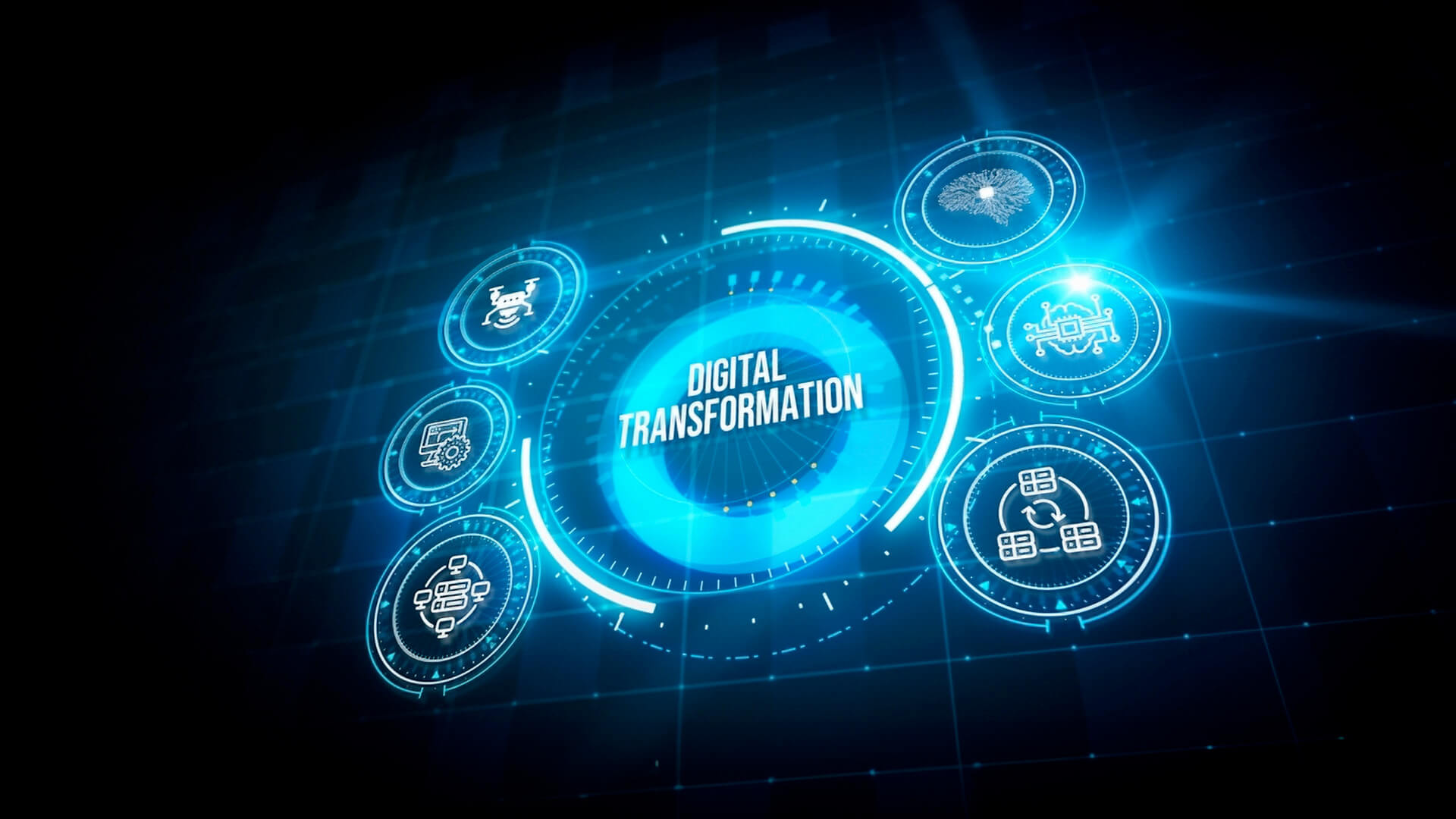Artificial intelligence (AI) has exploded in the business world in recent years. The AI market size is also projected to reach 740 billion by 2030. According to Statista data, its market size is projected to rise from more than $241 billion in 2023 to nearly $740 billion in 2030, accounting for a compound annual growth rate of 17.3%.
Table of Contents
But AI is not a monolith. AI encompasses various domains, such as GenAI and Machine Learning (ML). Popular tools like ChatGPT and Gemini fall under this umbrella as well as all tCopilots from GitHub, Microsoft, Salesforce, etc. Each one offers advantages to sectors such as manufacturing, energy and utilities, finance, and high tech. While AI, Generative AI, and Machine Learning have some overlap, they also have important distinctions that business leaders should take time to understand.
Here, we explore the concepts of AI, GenAI, and ML and their real-world applications.
What Is AI?
Artificial Intelligence, or AI, refers to technologies to build hardware and software that can introduce cognitive functions associated with human intelligence. Think sight, cognition, speech, writing, analyzing data, and problem-solving.
By programming machines to exhibit human functions, technologists develop systems to introduce efficiency to complex tasks, identify patterns across large data sets, and even forecast outcomes.
What Is Generative AI?
Generative AI (GenAI) builds upon the concept of AI, adding deep-learning models to create realistic images, text, code, and audio. This is a contrast to traditional AI, which is leveraged to interpret and respond to input data. Conversely, GenAI is all about responding in a more human fashion, which leaders in various industries can use to unlock innovation and creativity.
What Is Machine Learning?
Machine Learning (ML) focuses on developing algorithms that facilitate the process of computers learning from data. Predictive analytics and image and speech recognition are examples of its real-world applications.
These systems look at patterns based on input data and assist users in making predictions, decisions, or optimizing processes or procedures. As new data is added to the repository, ML can help solve problems in real-time.
So, now that you understand these three terms, let’s take a deeper dive into how they relate to each other and possibly your business goals.
AI vs. GenAI
While AI and GenAI are separate technologies, they are closely connected. Generally speaking, AI is the overarching concept of enabling a machine or system to perform human functions and deliver efficiencies. It tends to be solely focused on impacting the bottom line.
GenAI, in contrast, is all about innovative, more human-like responses. Popular tools like ChatGPT fall under this umbrella as well Salesforce CoPilot. GenAI can “think” using machine learning and come up with new answers to similar questions.
For example, if a customer is on a manufacturer’s website and finds the desired product is out of stock, they may type into the chatbot “When will Widget X be back in stock?” An AI-based platform can respond “We don’t know yet” or “June 30”.
A Generative AI response, on the other hand, not only provides the direct response to the customer’s query but may suggest alternative products that are in stock. It “thinks” through the question it is asked as closely as possible to how a human thinks and can provide additional insights and recommendations, taking it a step beyond traditional AI models.
AI vs. GenAI vs. ML
AI, GenAI, and ML are relevant and useful across various domains. AI techniques are evident in features and technologies like natural language processing, virtual assistants, robotics, autonomous vehicles, and recommendation systems. ML algorithms can be the catalysts for generating outcomes such as personalized recommendations, fraud detection, and speech recognition. GenAI can be the source of media like images, text, and video.
ML falls under AI, and GenAI is a subset of machine learning. Generative models employ machine learning to create new content that reflects training data. The connection points between the three fields allow for synergies that can write the next chapter of AI.
Future-Proof Your Business with rSTAR
Understanding the different facets of AI, including GenAI and machine learning can mean the difference between sinking or swimming in today’s climate. Each has strengths and applications. Combined, they can significantly refine and optimize operations, enhance decision-making, and even introduce innovation. As AI advances, businesses can find additional ways to unlock value, efficiency, and creative prowess.






